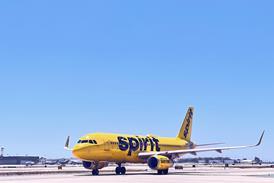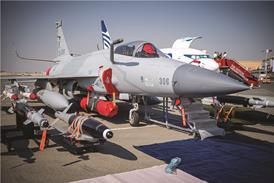The independent panel formed to investigate the troubled Bell Boeing MV-22 Osprey tiltrotor programme says it could take up to two years to correct design deficiencies, although the US Marine Corps is seeking to limit delays.

The blue-ribbon panel recommended that Osprey procurement be slowed to allow for the correction of technical problems with the aircraft (Flight International 24-30 April).
It is unclear when the US Department of Defense will approve full-rate Osprey production, including 360 MV-22Bs for the USMC, 50 CV-22As for the US Air Force and 48 HV-22s for the US Navy.
The probe into a fatal MV-22 crash last December uncovered design flaws with the aircraft hydraulic system and a software anomaly - the USMC wants the problems of the aircraft corrected before it enters operational service.
The panel concludes: "TheV-22 has a unique capability and is the only existing aircraft that can fullfill the mission requirements of the USMC and US Special Operations Command. The Panel found no evidence of a safety flaw in the V-22 tiltrotor concept."
While not advising programme termination, the panel said the project should be restructured since "the V-22 lacks the maturity needed for full-rate production or operational use." It recommends the DoD keeps production "to a minimum sustaining level" and diverts funds for corrective actions.
The panel says operational restrictions should remain on the aircraft until the technical problems are resolved and also recommends an accelerated procurement scheme employing firm, fixed-price multi-year contracts to hold down programme costs and delays.
USMC Commandant Gen James Jones concurs with the panel's conclusions and recommendations, saying the Osprey needs reliability and maintainability improvements. He says a V-22 Acquisition Working Group has formed to restructure the Osprey programme. "Options will consider the time and the funding required to achieve operational capability efficiently."
This will entail additional development testing, correction of deficiencies, and verification through follow-on operational testing and evaluation. "It will take some time to incorporate critical design improvements, and we will proceed methodically," Jones says.
Source: Flight International























